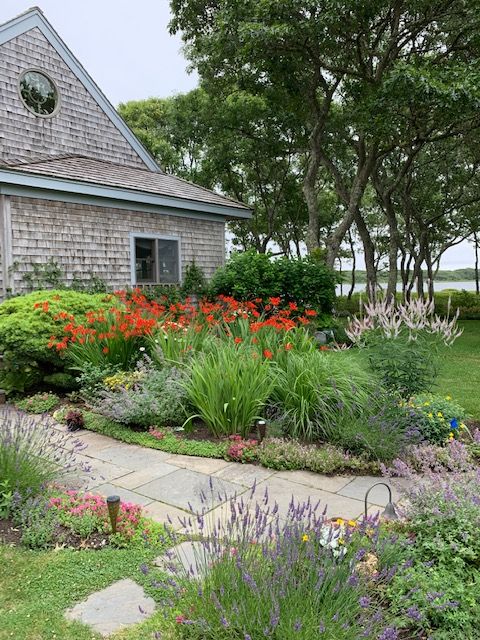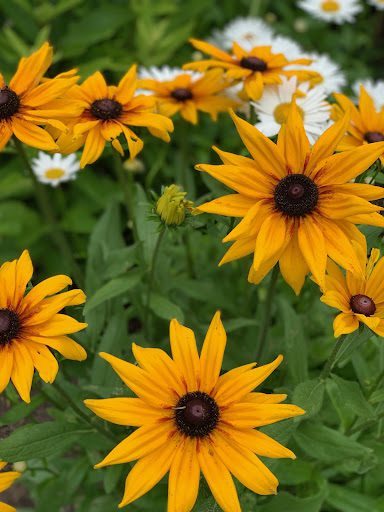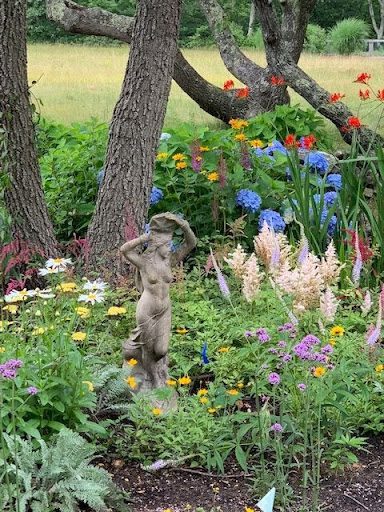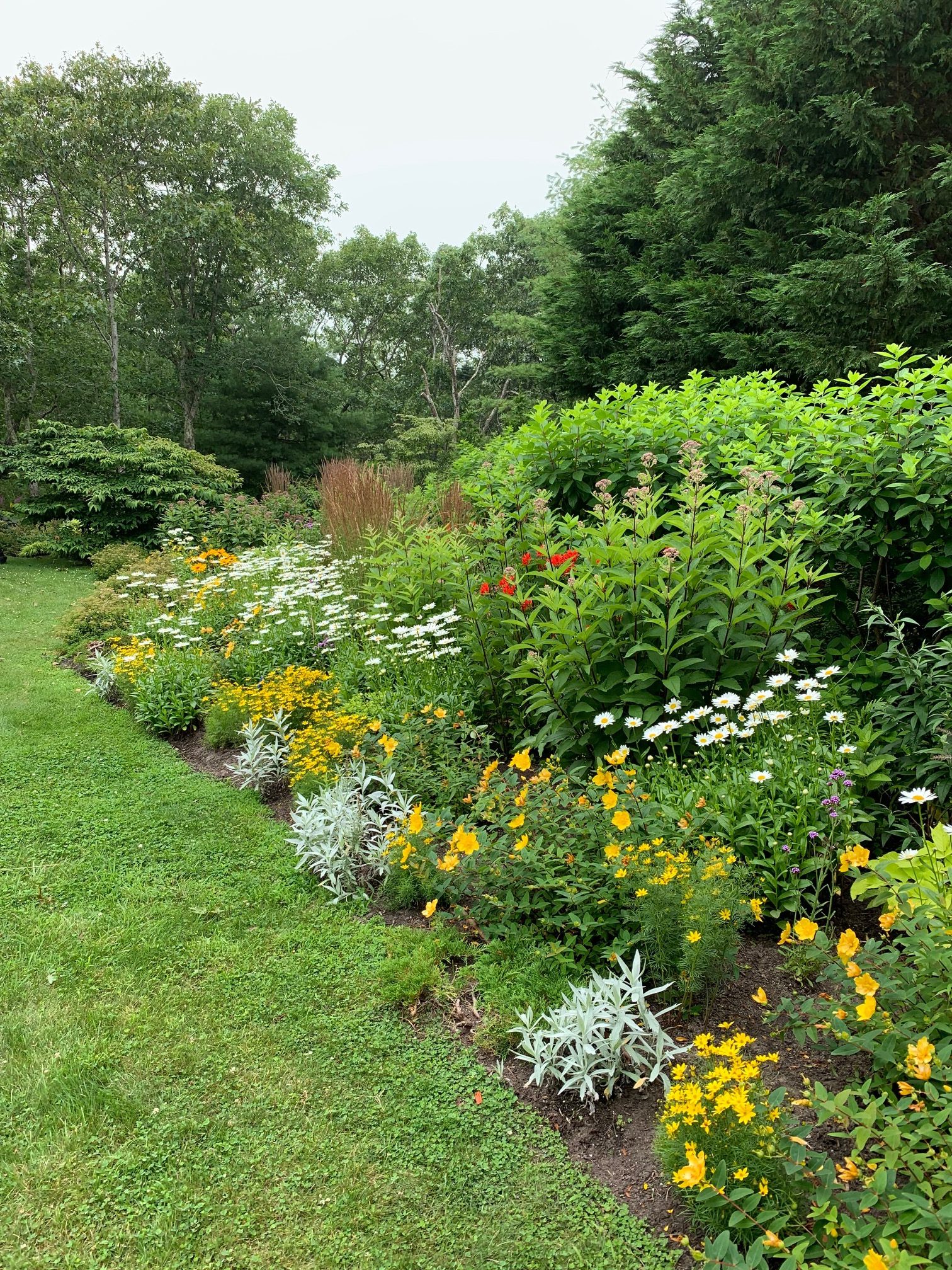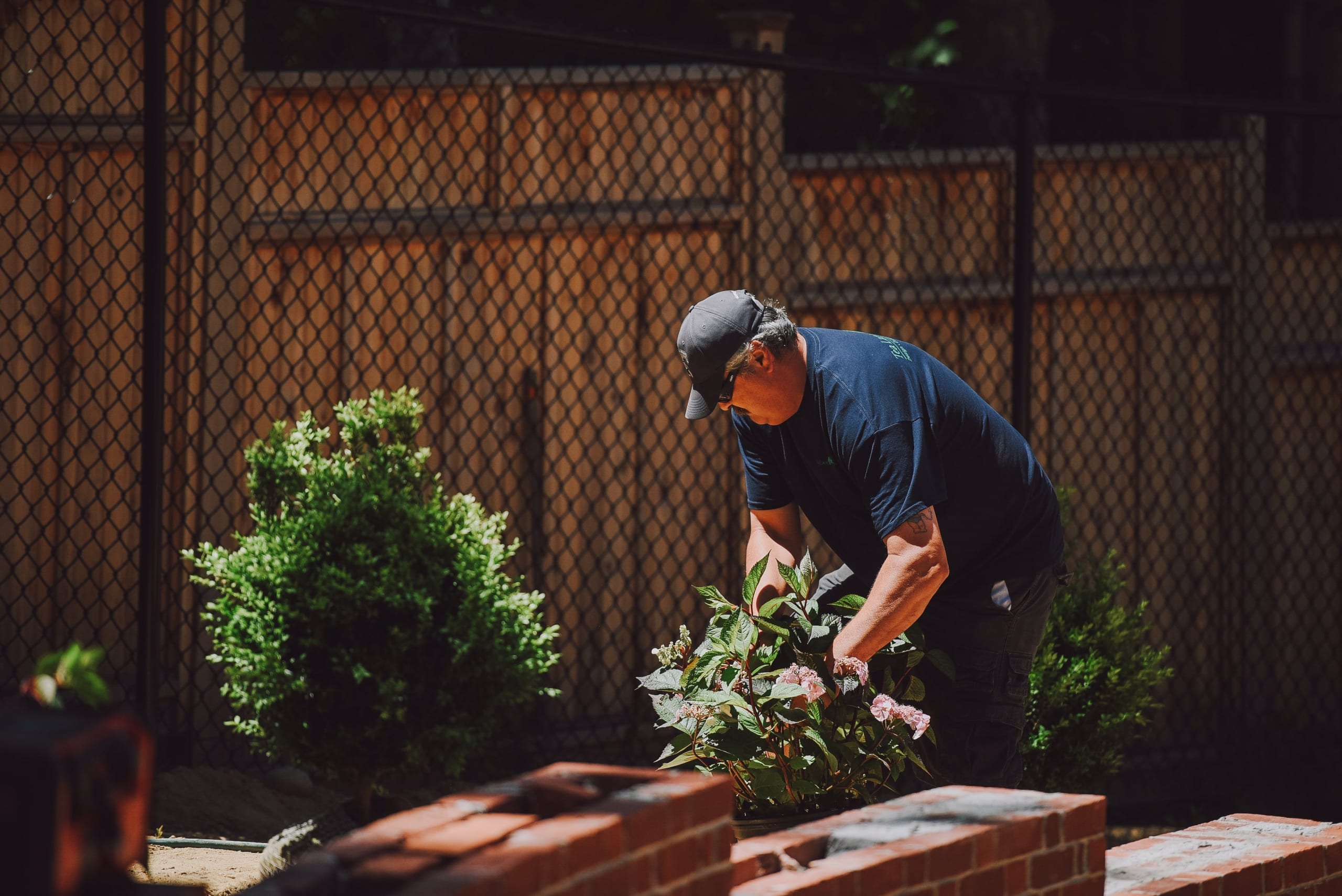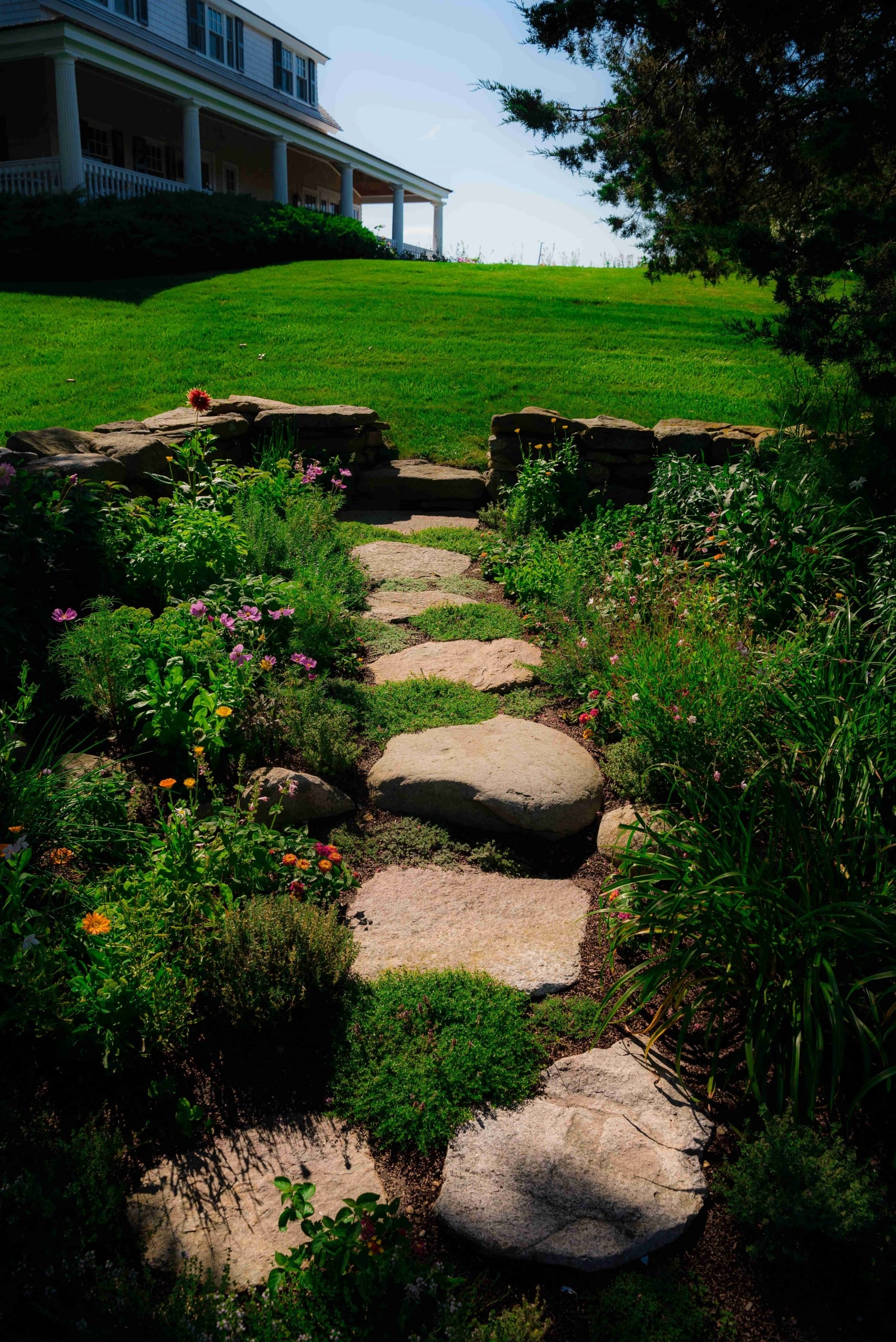Landscapes that are carefully chosen, positioned, and maintained can provide great wind protection or windbreaks.
Let’s dig deeper by knowing the benefits of planting a windbreak on Maratha’s Vineyard.
Windbreaks are linear plantations of trees and shrubs designed in a way to enhance crop yield. They protect people and livestock and also benefit soil and water conservation.
The Need to Plant a Windbreak
Planting the windbreak can help you with the best opportunities for rural homeowners, row crop farmers, and also fruit growers.
Further, planting a windbreak provides sustainable benefits in the production of crops. Windbreaks prevent root breakage and make your field grow wide and thick with crops.
The enhanced water management helps in the most efficient water distribution and reduces evaporation. With proper design and planning, windbreaks also help in frost management.
In addition, it helps reduce wind erosion, reduces the damage to the crops by wind and windblown soil, and promotes yield. Many crops are categorized based on their tolerance to damage by wind. The Landscape designs are also based on this category.
The kind of crop and the level of risk by the wind decides the appropriate windbreak design. The use of windbreaks with the help of trees and shrubs to protect people and their property from climatic extremes has been recognized throughout the world.
Planting the windbreaks may provide improved living conditions for plants and help in controlling dust and snow. In winters, the weather in Martha’s Vineyard becomes extremely windy and snowy. This is where windbreaks play a great role. Windbreaks prevent wind damage by helping wildlife habitat and energy conservation.
Windbreaks help in water conservation practices that you can measure with the yield. The change in yield reflects the response of the parameters involved, such as increased water efficiency by storing snow and rainfall. It helps reduce evaporation from soil surfaces, and the plants hold the moisture in the soil.
Windbreaks can modify the crop environment because it improves plant survival and growth.
As Martha’s Vineyard lands are semi-arid, they are characterized by low and unreliable rainfall with a lack of soil moisture. Moreover, these often lead to soil erosion, salinity, nutrition deficiency, and so on.
But planting the windbreaks prevents soil erosion, increases the nutrition in the soil, and helps in better yield.
Generally, you use trees and shrubs to plant a windbreak. And, you need improvements in survival, cold and drought, pest resistance, growth rate, and other traits.
Benefits of Planting a Windbreak
There are several benefits of planting a windbreak. Let’s discuss them in detail.
Boost crop yield and quality
By microclimate modification, planting a windbreak can increase the yield of crops.
Windbreak protection can be especially valuable in orchards with high-value horticulture crops.
Add specialty crops
Planting some special crops such as windbreak also benefits us with its products. Using shrubs and trees that make decorative products or specialty food. For example, you can have willow and chokecherry, which shall also provide some extra income.
Improve animal survival
Tree shelters and shrub shelters can provide some safe space to certain animal species and also helps them to protect against harsh weather conditions.
Control wind erosion
Planting windbreaks has proven its efficiency in wind erosion of light texture soil. It also helps in dispersing snow evenly across the field and provides more moisture available for crops.
Manage snow dispersal
Properly planted windbreaks help in preventing snow build-up. It reduces the snow coverage and protects the land from snow coverage.
Wildlife habitat
Trees and shrubs planted as windbreaks provide needed food and habitat for some birds and other wildlife.
Small scrubs have been home to many small animal species and bird varieties to provide food and shelter.
Conserve our wildlife habitat to make the earth a wonderful place to live.
Now it’s time for you to start planting the windbreak to save the wildlife species, develop an extra income, and help in improving the yield of your field. For more information, contact Tea Lane Nursery today.

